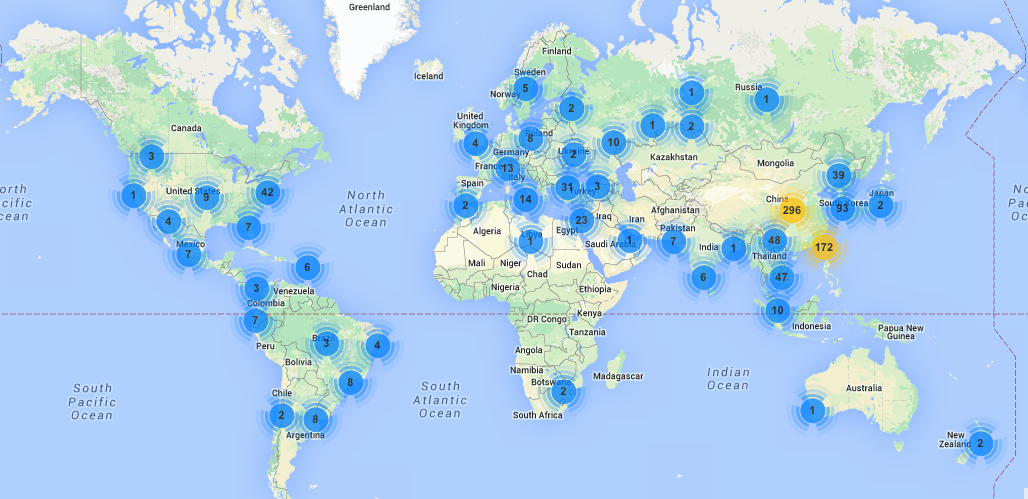Many clients have been asking us about our customized threat intelligence services and how to best use the data that we can provide.
1. Using HoneyPoint™, we can deploy fake systems and applications, both internally and in key external situations that allow you to generate real-time, specific to your organization, indicators of compromise (IoC) data – including a wide variety of threat source information for blacklisting, baseline metrics to make it easy to measure changes in the levels of threat actions against your organization up to the moment, and a wide variety of scenarios for application and attack surface hardening.
2. Our SilentTiger™ passive assessments, can help you provide a wider lens for vulnerability assessment visibility than your perimeter, specifically. It can be used to assess, either single instance or ongoing, the security posture of locations where your brand is extended to business partners, cloud providers, supply chain vendors, critical dependency API and data flows and other systems well beyond your perimeter. Since the testing is passive, you don’t need permission, contract language or control of the systems being assessed. You can get the data in a stable, familiar format – very similar to vulnerability scanning reports or via customized data feeds into your SEIM/GRC/Ticketing tools or the like. This means you can be more vigilant against more attack surfaces without more effort and more resources.
3. Our customized TigerTrax™ Targeted Threat Intelligence (TTI) offerings can be used for brand specific monitoring around the world, answering specific research questions based on industry / geographic / demographic / psychographic profiles or even products / patents or economic threat research. If you want to know how your brand is being perceived, discussed or threatened around the world, this service can provide that either as a one-time deliverable, or as an ongoing periodic service. If you want our intelligence analysts to look at industry trends, fraud, underground economics, changing activist or attacker tactics and the way they collide with your industry or organization – this is the service that can provide that data to you in a clear and concise manner that lets you take real-world actions.
We have been offering many of these services to select clients for the last several years. Only recently have we decided to offer them to our wider client and reader base. If you’d like to learn how others are using the data or how they are actively hardening their environments and operations based on real-world data and trends, let us know. We’d love to discuss it with you!

